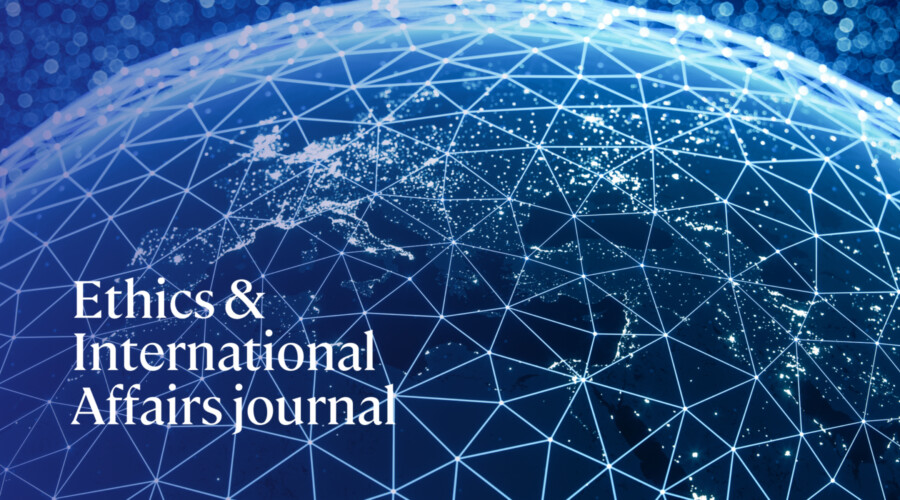Look carefully at the front and back covers and you will notice that colors and fonts have been altered ever so slightly, that the front cover offers more information about what is actually in the issue, and that overall the appearance is neater and more accessible. The same can be said for the Contents page as well. You will also note that we are now employing the terms Essays and Features—the former to indicate shorter, non-peer-reviewed articles, the latter to indicate longer works that have undergone the extensive peer-review process. (For more on this, we refer you to "Guidelines for Submission" at the back of this issue.)
In fact, the Contents page introduces a third new term, "Resources," which for the first time directs readers to a special page on the Carnegie Council website designed to provide a comprehensive list of related materials drawn from the Council's vast trove of publications and other products, including podcasts, videos, and transcripts. Whether you are pursuing research or simply curious, we are confident our new Resources page will be of great value, and we invite your feedback as to its format and utility.
As important as the covers may be, what is of course far more important is what appears between them. And in this area, too, we have implemented some changes, specifically related to article length. In recent years a number of our readers have let us know that, as much as they have enjoyed and benefited from the unique ethical perspective of EIA, they had concerns regarding the length of some articles. Upon revisiting our submission guidelines we discovered that we had indeed violated Our own stated word prescriptions, and realized that we did not so much need to revise the guidelines as simply to enforce them. Consequently, you will find the following articles to be somewhat shorter (but no less valuable!) than before.
Finally, an astute eye will no doubt notice that several new names appear on the masthead. As with any publication, editorial members come and go, and no doubt these names will change yet again in the future. That, after all, is as it should be.



